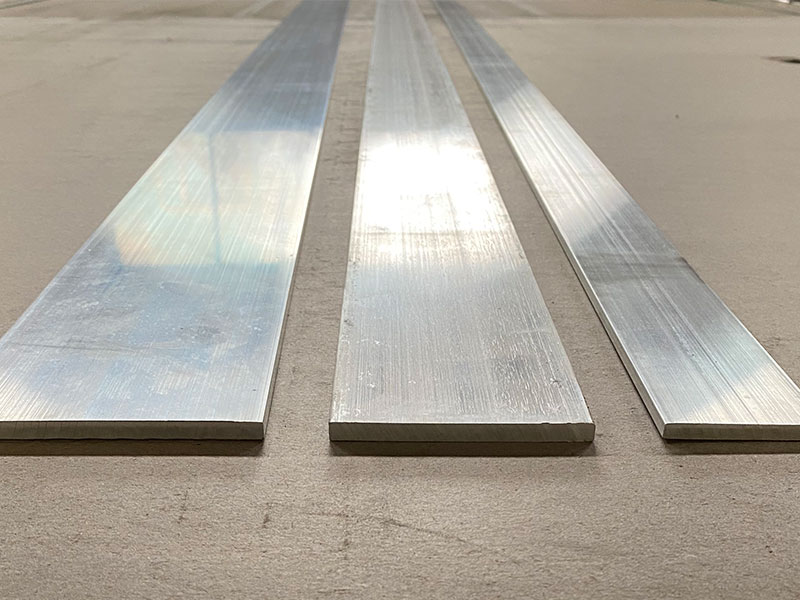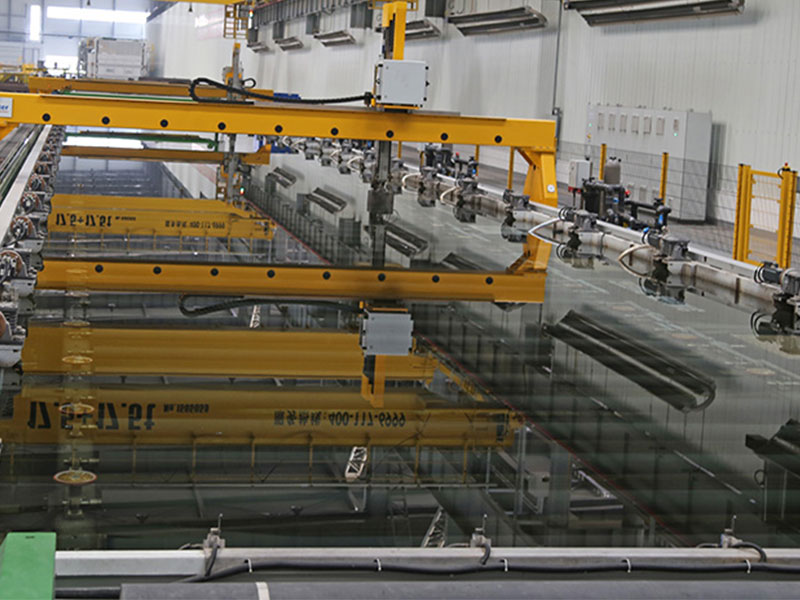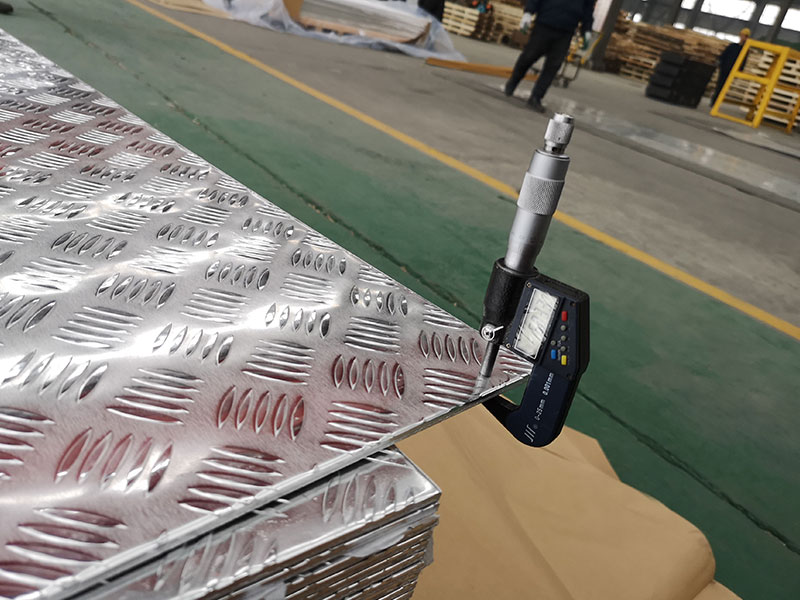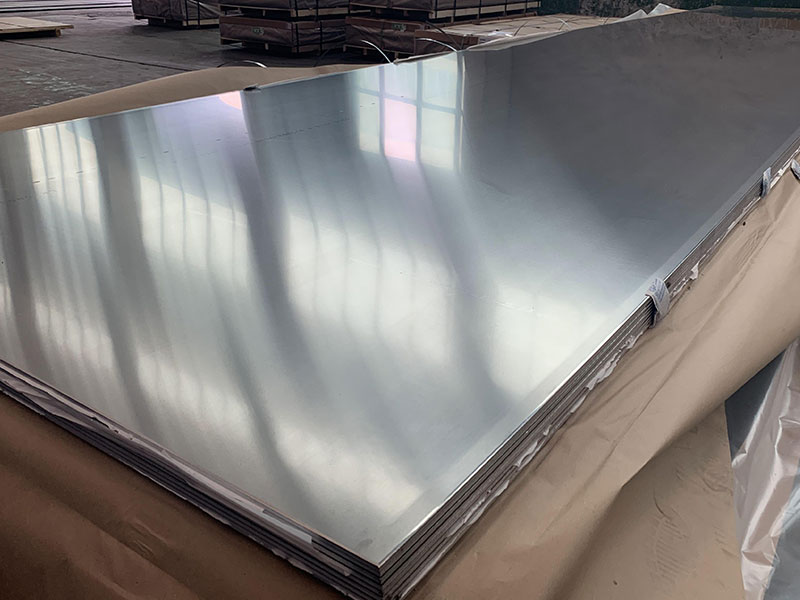Aluminium checker plate marine
When navigating the challenging environments of marine applications, material choice transcends routine considerations—durability, corrosion resistance, and safety become non-negotiable. Aluminium checker plate marine-grade emerges as a uniquely fitting solution, offering an exquisite balance of mechanical performance, anti-slip properties, and longevity against saltwater-induced deterioration.
What is Aluminium Checker Plate?
Aluminium checker plate, also known as aluminum tread plate or diamond plate, is a sheet metal embossed with a distinctive raised pattern (typically diamonds, lines, or other shapes) that enhances grip and mechanical engagement on its surface. In marine contexts, variants produced from marine-grade aluminum alloys (most notably 5083 and 5052) are favored for their balance of strength, corrosion resistance, and workability.
Typical Alloy and Temper Used
| Alloy | Temper | Composition Highlights (%) | Marine Properties |
|---|---|---|---|
| 5083 | H111 / H112 | ~4.5 Mg, 0.1 Fe, 0.25 Cr | Excellent corrosion resistance, high strength |
| 5052 | H34 / H36 | 2.5 Mg, 0.4 Cr | Good corrosion resistance, good formability |
5083 stands out as the premium part for harsh offshore and saltwater exposure, while 5052 offers excellent workability for less critical environments.
Unique Features and Technical Detailing From a Marine Engineering Lens
1. Anti-Slip and Safety:
The raised patterns on checker plates introduce micro-textured surfaces ideal for wet and oily conditions, often omnipresent aboard ships, docks, and rig platforms. Unlike coatings or adhesives which may degrade or slip when wet, the physical embossment layer is an intrinsic and permanent characteristic protected by the base aluminium’s properties.
- Typical tic (height) of patterns: approx. 0.8-1.5 mm
- Push and shear resistance values of patterns boosts foot and vehicle grip, lowering accidents.
2. Corrosion Resistance & Long Service Life:
Saltwater is excessively corrosive due to chloride ions readily penetrating weak metal lattices. Aluminium marine alloys such as 5083 incorporate certain compositions and temper treatments:
- High magnesium content (>4%) affords superior pitting and galvanic corrosion resistance (to marine longevity).
- Heat treatment like H112 ensures stabilized mechanical properties without sacrificing corrosion resistance.
- A protective aluminum oxide passive film naturally reforms even after surface scratches.
3. Durability & Weight Savings:
Lightweight construction remains imperative for velocity and fuel efficiency in vessels. Aluminium checker plate, at around 2.7 g/cm³ in density, represents approximately one-third the weight of steel counterparts, providing shipbuilders and engineers material that doesn’t bottleneck design attributes.
Typical mechanical properties for 5083-H112 aluminium alloy checker plate:
| Property | Value | Test Standard |
|---|---|---|
| Tensile Strength | 275–350 MPa | ASTM B 209 |
| Yield Strength | 145–200 MPa | ASTM B 209 |
| Elongation | 12–18 % | ASTM B 209 |
| Shear Strength | ~70% tensile | Typical alloy values |
These values enable the resisting of deformation and fatigue when deployed in decking and flooring exposed to repetitive loads.
Differentiating Aluminium Checker Plate Use In Marine Settings
Anti-Corrosion Decking on Boats and Ships:
Marine vessels benefit tremendously by installing aluminium checker plates as decking mats, pilot house floors, or stairs, minimizing maintenance while ensuring compliance with maritime occupational safety standards (SOLAS, IMO guidelines).
- On patrol boats or work barges, resilience ensures material is free of jagged rust flaws that damage crewboots.
Gangway and Dock Ramps:
Ocean side exposure demands corrosion-immune solutions; using 5083 checkered aluminum dramatically expands life cycles without resorting to protective coatings prone to scrapping and peel-off cycles.
Cargo Holds and Container Storage Area Lining:
Aluminium’s resistance to salt spray and general atmospheric aggression extends fleet turnaround duration by poorly processed comparable low-cost steel and durable plastics.
Exterior Wall Cladding and Furniture Accessories Amid Salt Insult:
Checker plate aluminium finishes also make for trendy yet functional non-slip furniture embellishments reinforcing toil-heavy applications on offshore platforms’ heaviness under crane entries.
Installation and Maintenance Considerations
- Surfaces should be avoided from direct galvanic contact with copper-based alloys and plain steel without isolation to minimize galvanic corrosion.
- Cleaning with freshwater and non-abrasive agents prolongs the brilliance of the oxidizing corrosion shield.
- Periodic inspection for drastic surface scratches or deformation helps catch structural weakening possibilities near high-movement joints.
Unique Engineering View: Biomimicry Inspiration for Wettability and Slip Resistance
An emerging technological inspiration for embossment shape design borrows from marine petal leaf structures and sharkskin scales from biology, creating microfluidic lubrication and extra-firm grip paradigm surface times beyond traditional checker shapes. This biomimetic approach unlocks not just physical friction boosting but also manages microscopic water film interactions resolutely.
https://www.alusheets.com/a/aluminium-checker-plate-marine.html






